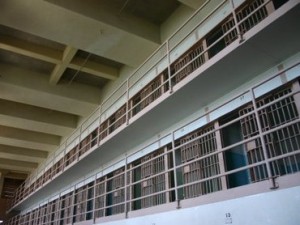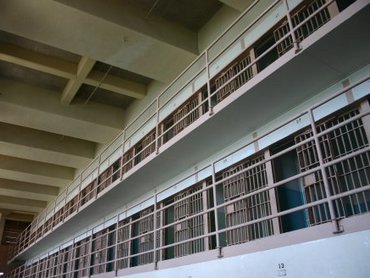 Despite the cliché, not everything is bigger in Texas. A year after the state merged juvenile and criminal justices under one big agency and commanded it to divert youthful offenders away from big state lockups to neighborhood programs, a pair of advocates are pleased. But both have tips for states considering the same setup.
Despite the cliché, not everything is bigger in Texas. A year after the state merged juvenile and criminal justices under one big agency and commanded it to divert youthful offenders away from big state lockups to neighborhood programs, a pair of advocates are pleased. But both have tips for states considering the same setup.
The old system literally and figuratively put a lot of kids in the desert, said Benet Magnuson, a juvenile justice policy attorney with the Texas Criminal Justice Coalition, an Austin-based prison reform group.
“State facilities were less rehabilitative because the kids were isolated, it was hard to retain quality staff and they were ultimately unsafe for a lot of kids,” he explained.
Texas has transitioned over the last few years from sending juveniles to state lockups to trying to keep them in their home communities or counties for treatment. In 2009, the legislature created a grant system that most of Texas’ 165 county probation departments are using. In 2011, the state created the new Texas Juvenile Justice Department and told it to emphasize home-based and community-based programs.
They have in mind things like Tom Green County’s family restoration programs. The central Texas county found that a significant minority of the youth referred to police lacked robust support at home: absent parents, incarcerated family, a history with child protective services.
So with a state grant, Tom Green County is now sending counselors and mentors into children’s homes, to help them with emotional, substance abuse or other struggles. For the family, parenting coaches are available.
Of 400 youth sent to county law enforcement in 2011, some served time in the county’s secure facility, but only one was forwarded to state custody, according to a new study by TCJC. Statewide, TCJC credits the county-based programs with diverting some 3,000 youth away from Texas custody in fiscal year 2012 at a cost of $19.8 million.
Texas juvenile lockups cost about $360 per child per day, according to state figures. But since the changes, the juvenile prison population has dropped from nearly 5,000 to just over 2,000. And in 2011, the state closed three secure facilities and merged others. State law caps county program costs at $140 per youth per day.
“It’s saving money at the front end and shifting the savings to the counties to more effectively treat kids at home,” explained Jeanette Moll, juvenile justice policy analyst at the Texas Public Policy Foundation a free-enterprise think tank.
Checks on the counties make sure kids get effective treatment, she said. For the system to work, counties must use programs proved by evidence, there must be enough funding for the counties and there must be a way for the state to claw back money that’s headed toward faulty programs.
With 165 local probation departments, that’s 165 different systems, and 165 different ways a child could be treated, depending on where he or she is referred to the police.
The variation is a virtue, Moll argues. Border counties can focus on their specific problems of human trafficking and drug abuse, for example. Rural counties can skip gang programs that urban counties prefer.
But funding is strained, according to the TCJC study. In their survey of local probation chiefs, three-quarters said they lacked funds to follow best practices.
Magnuson said any state considering a shift to the county model needs to have mechanisms in place around oversight, guidance, technical support and monitoring. That’s “to make sure there is some consistency in care from county to county. And to make sure the counties are functioning at the level the high-level functioning counties are at,” he explained.
Indeed, next year, TCJC will try to convince lawmakers to increase the budget and powers of the juvenile Justice Independent Ombudsman, and require all counties to open their facilities for official inspection.
What the study found on the ground in the counties was generally good, said Magnuson, but the checkups must continue. “I think it’s a question to keep asking, to keep an eye on. The worst thing that could happen is that we move kids to the county and then forget about them,” he said.
Photo from Philanthropedia
